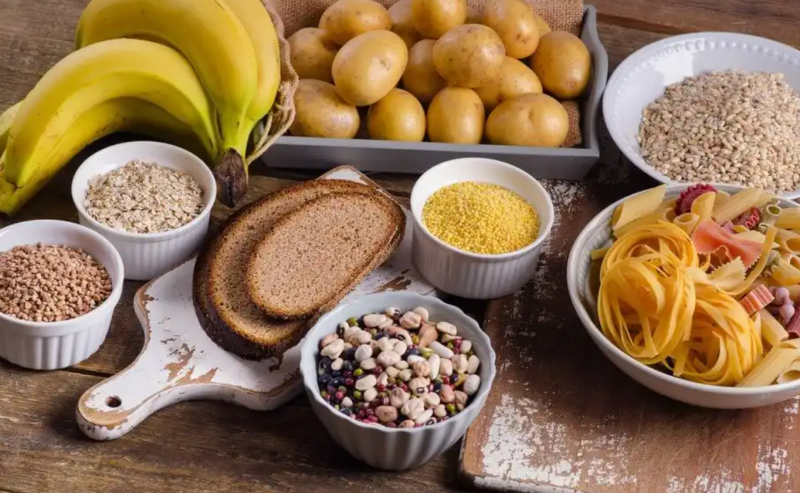
Have you ever wondered what the 13 most common carbohydrate-rich foods in your weekly intake could be? Well, here are the answers.
Most think carbohydrates are our enemies when losing weight or getting in shape.
However, it is a macronutrient that works as energy fuel for the proper functioning of the body. In this case, the critical thing is knowing how to choose the most appropriate options and introduce them according to individual needs.
Contents
What are carbohydrates, and what types are there?
Carbohydrates or carbohydrates are a type of macronutrient (along with lipids and proteins) found in certain foods and beverages. Sugars, starches, or fiber are some of them.
The body’s primary function is to provide energy that can be used immediately or stored. They are also part of some body tissues, such as connective and nervous. In addition, fiber has a regulatory function of intestinal transit, slows down gastric emptying, and increases the feeling of satiety.
In general, you can differentiate between 2 types of carbohydrates:
- Simple carbohydrates or sugars. They have a smaller structure and are absorbed in the body more quickly. Some of the best-known are glucose, fructose, and lactose.
- Complex carbohydrates or polysaccharides. They are made up of longer and more complex chains of sugar. It takes longer for the body to break them down, and the passage of glucose into the bloodstream gradually.
Both groups have positive foods that provide energy and other nutrients such as vitamins, minerals, or fiber, as the MedlinePlus experts point out. These are about fruits, vegetables, whole grains, or milk.
On the other hand, you have to be careful with those products that provide a large amount of added sugar (chocolates, soft drinks, pastries, etc.) and refined grains and their derivatives (since, in addition to starch, they contain few nutrients).
13 foods that are rich in carbohydrates to incorporate into a balanced diet
As we have commented, carbohydrates are necessary to a greater or lesser extent. Choosing the best options is a way to provide energy, but also nutrients, and healthy food daily. We know some of them below.
1. Potato
This is one of the most accessible and economical foods on the market that you cannot stop consuming in your diet as a source of healthy carbohydrates.
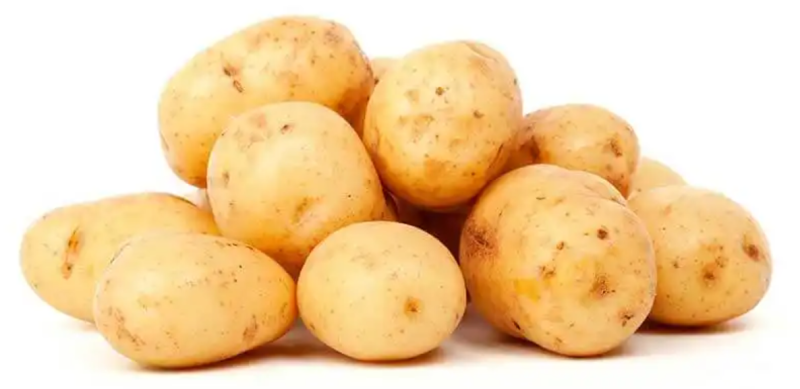
The best way to eat it is by cooking or preparing it in the oven. This way, it can be used to craft salads, stir-fries, or accompany meat and fish. It can also be added to soups, stews, or stir-fries.
According to data from the Spanish Nutrition Foundation (FEN) in its “Vegetables and Vegetables” section, every 100 grams of potato equals about 18 grams of carbohydrates, an ideal amount to complement it with other types of food. In addition, the potato is a source of vitamin B6, vitamin C, and potassium.
2. Banana
All fruits provide a variable amount of carbohydrates in the form of sugar, such as fructose, sucrose, and glucose. The banana is one of those that contain a higher proportion.
Fiber, vitamins, and minerals accompany these sugars, so eating whole fruit does not have the same effect on the body as eating products with added sugars. Eating three servings of fruit daily is healthy and positively affects the body.
In the case of the banana, it should also be noted that it contains resistant starch. This reaches the colon undigested, where bacteria ferment it and exerts beneficial effects on intestinal health, as indicated by a study published by the Chilean Nutrition Magazine in 2018.
This is so in the case of green plantain. As it matures, the concentration of pectin increases, a type of soluble fiber that helps regulate the passage of sugar into the blood.
3. Oats
Believe it or not, oats are one of the most beneficial carbohydrate-rich foods. It provides energy, is satiating, and contains many more beneficial nutrients.
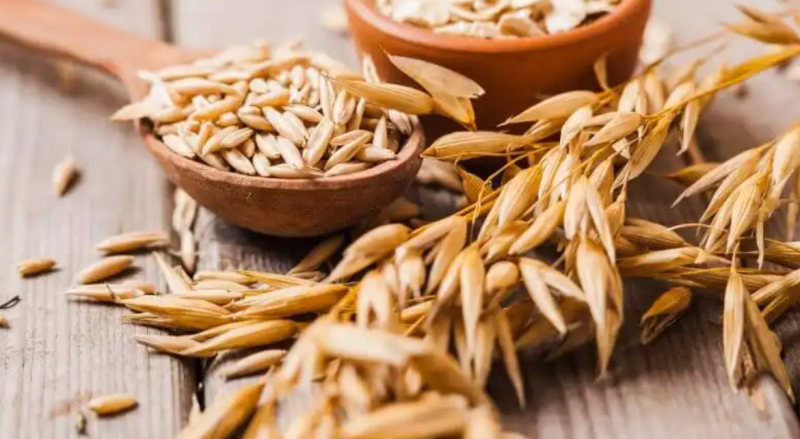
It can be used as grain (as if it were rice) or in flakes. In the latter case, it is a common ingredient in breakfasts and snacks and can replace sugary cereals, cookies, or less recommended pastries.
The remaining oat flakes can be accompanied by milk, yogurt, nuts or seeds, and various fruits (bananas, strawberries, peaches, berries, etc.).
4. Whole wheat pasta
Most elite athletes regularly consume specific amounts of pasta in the days leading up to a competition. This is because pasta is a food that contains carbohydrates and is digested very well.
As a general rule, choosing grains and their derivatives in their integral form is always preferable. In this way, they not only provide starch but also the fatty acids, fiber, and minerals they contain are preserved.
5. Rice
Rice is the most consumed cereal in the world after wheat. Therefore, it represents an essential source of energy for a large number of people.
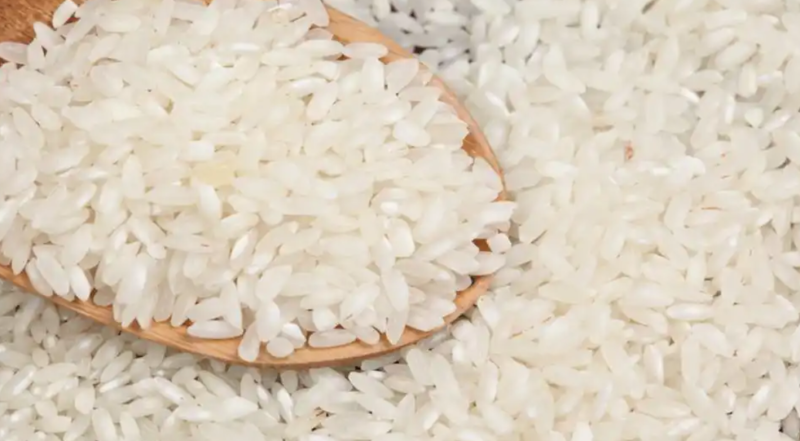 Many varieties are equally valid among carbohydrate-rich foods: long, round, jasmine, basmati, bomba, etc. Again, as we have already pointed out, it is always preferable to choose the integral version.
Many varieties are equally valid among carbohydrate-rich foods: long, round, jasmine, basmati, bomba, etc. Again, as we have already pointed out, it is always preferable to choose the integral version.
Apart from being healthy, its strong point is its versatility. It can be served with vegetables, meat, fish, or eggs and in salads, soups, stews, stuffed, or sautéed.
6. Tapioca
This food, belonging to the group of tubers, is a healthy source of carbohydrates due to its high starch content.
Just 100 grams of tapioca make the equivalent of 22 grams of carbohydrates, as data from the United States Department of Agriculture reflects. This is one of the lowest sodium carbohydrate foods. That is why most nutritionists recommend it in their diet plans.
7. Bread
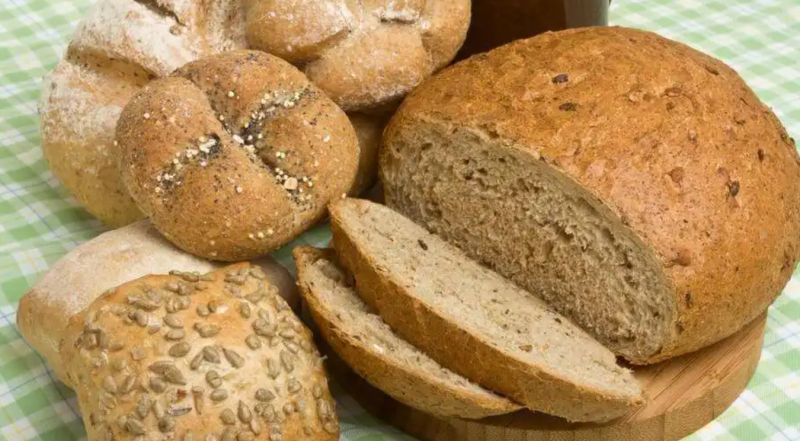
Bread is a food rich in good carbohydrates when made with wholemeal flour, that is, sourdough since it has a long fermentation. In this way, as the book Reconcile Yourself with Bread (2018) by John Douillard indicates, it is healthier and better digested.
8. Other whole grains
All whole grains provide carbohydrates with a low glycemic index and function as the necessary fuel to carry out various activities, as the following article published by El Residente determines.
Most are also high in fiber, essential for regulating intestinal transit. According to data from this study conducted by Tufts University (United States), it also promotes and prolongs the state of satiety.
Within this group, you can choose a variety of rye, wheat, or spell, as well as quinoa, millet, or buckwheat.9. Flours
Like cereal grains, flours are also very high in carbohydrates. Corn, wheat, and rye are among those that provide the most carbohydrates.
10. Sweet potato
Sweet potato is another of the tubers richest in carbohydrates since it contains more or less 20 grams per 100 grams of product, according to the Spanish Nutrition Foundation (FEN). It is a food rich in starch, which offers a source of energy for a long time as it is a slowly digestible sugar.
As if that were not enough, it includes a small amount of fiber, protein, vitamins, and minerals, making it an ideal food to have at lunch. It is always preferable to parboil or bake the vegetable to keep the amount of calories eaten to a minimum.
11. Cornflakes or breakfast cereal
Toasted cereal flakes contain reasonable amounts of carbohydrates, just like the cereals they come from. The best known are usually those made from corn, but you can also find spelled rice or wheat.
This type of cereal can be an option for breakfast that offers a considerable amount of energy. When choosing them, it is advisable to opt for toasted flakes or puffed whole grains that do not contain added sugar.
12. Milk and milk products
Dairy products are a source of natural, simple sugars. Milk has between 5 to 10% of carbohydrates in the form of lactose, a disaccharide that breaks down in the intestine into simpler sugars, as indicated by research by the Autonomous University of Chihuahua.
The carbohydrates in milk and milk derivatives are helpful for brain and intermuscular development and for maintaining intestinal flora in adults.
13. Lentils and chickpeas
Chickpeas and lentils belong to the group of legumes, along with peas or beans. They are generally known for their protein contribution but also contain a good portion of carbohydrates .
In general, lentils and cooked chickpeas can be consumed in salads, stir-fries, stews, croquettes, or creams. Introducing them into the usual diet 3 to 4 times a week is extraordinarily positive since they are beneficial foods.
For the day-to-day, choose foods rich in healthy carbohydrates
We have many options to choose a rich and varied diet without boredom. You can prepare many healthy dishes with all these foods that provide energy and nutrients at any age.